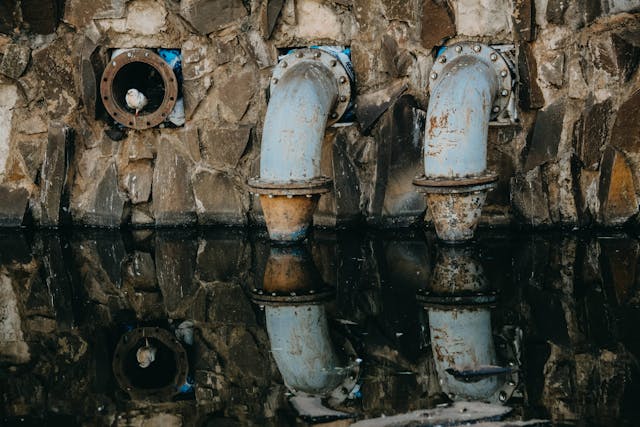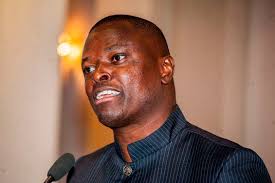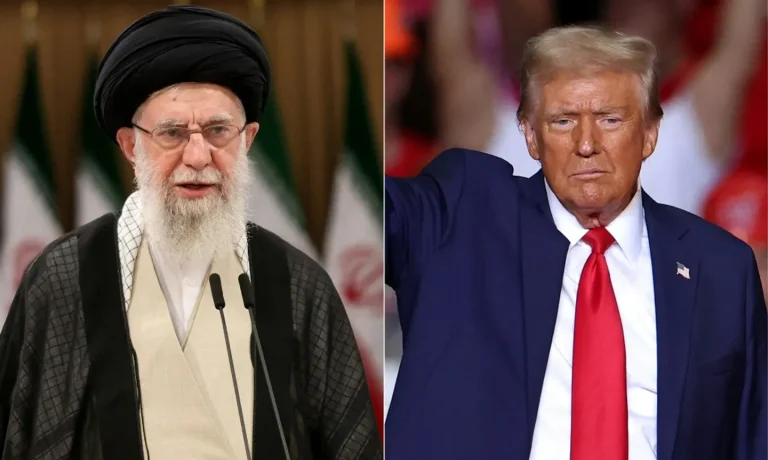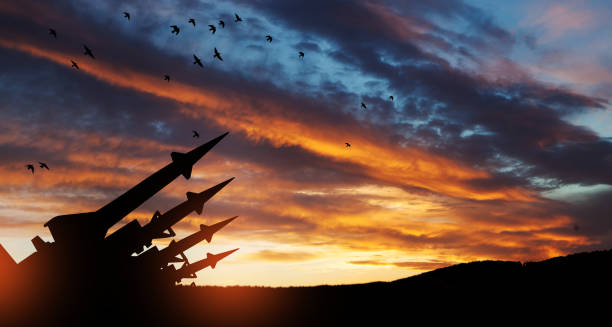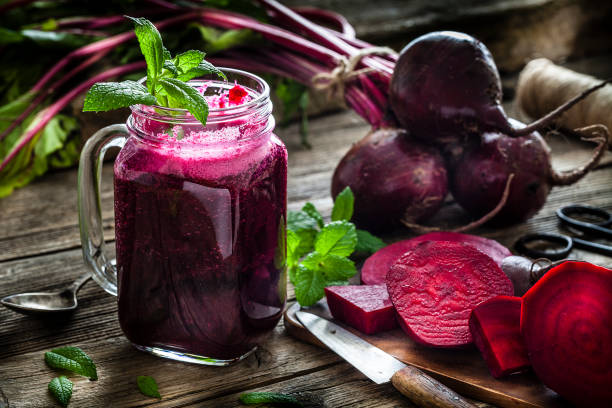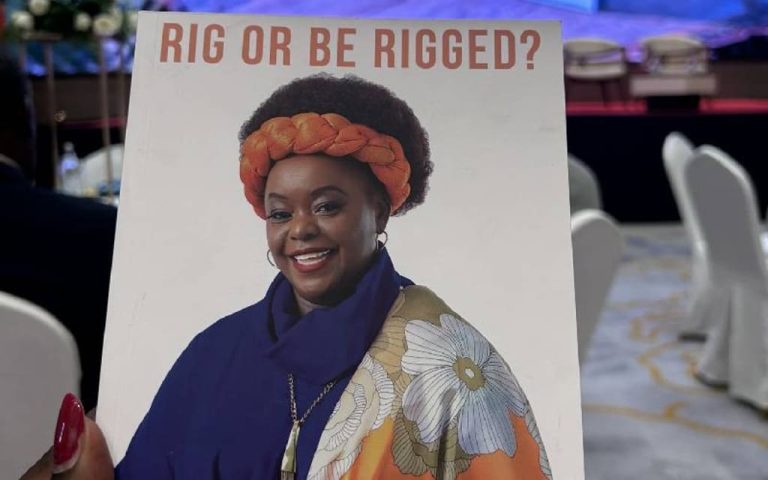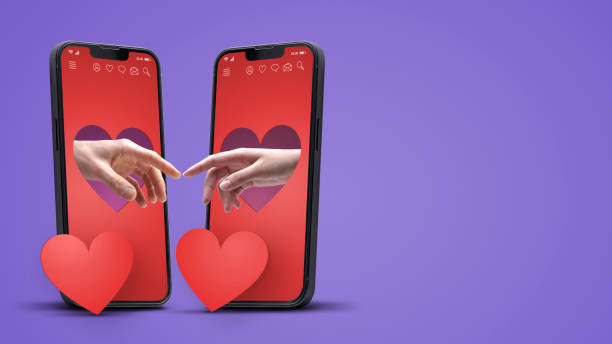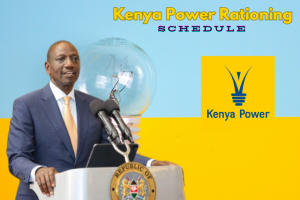Disability benefits are vital financial aids designed to support individuals with disabilities. In Kenya,...
Henry Mworia
Flooding has become an all-too-common occurrence in Kenya, with devastating impacts on communities, property,...
In the dynamic political landscape of Kenya, Ndindi Nyoro has emerged as a significant...
The complex landscape of world politics, the term “supreme leader” carries significant weight. This...
Kenya stands as a beacon of stability in a region fraught with geopolitical tensions,...
Beetroots, or beets, are vibrant root vegetables packed with essential nutrients and health benefits....
Introduction Rig Or Be Rigged? by Hon. Millie Odhiambo Mabona has drawn significant attention...
In today’s digital age, finding love or companionship has become easier through various legit...
African kitenge designs for ladies have gained immense popularity in the fashion world. This...
Joker: Folie à Deux Fails to Win Critics and Fans Alike In theaters now,...

